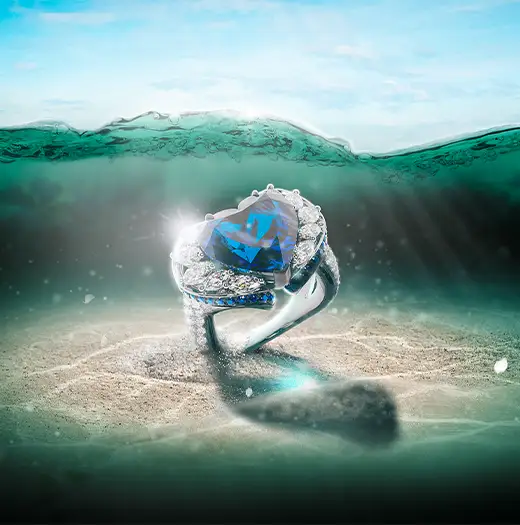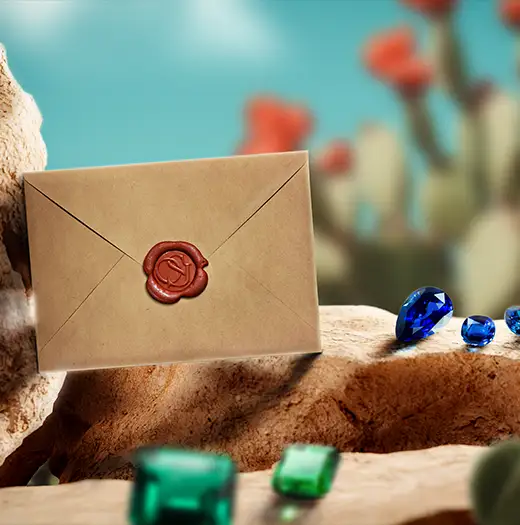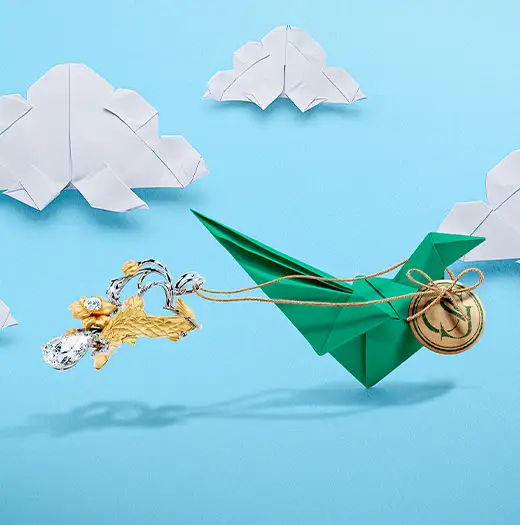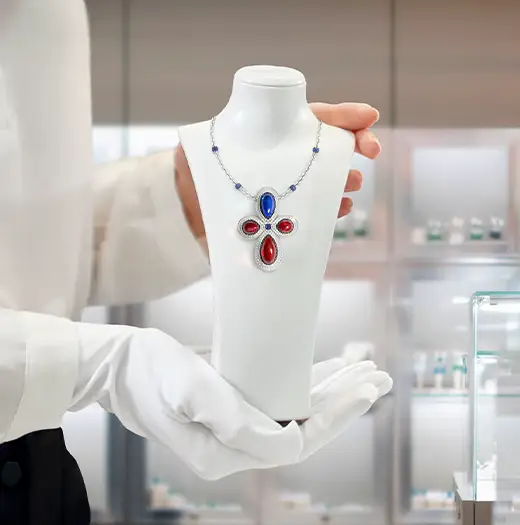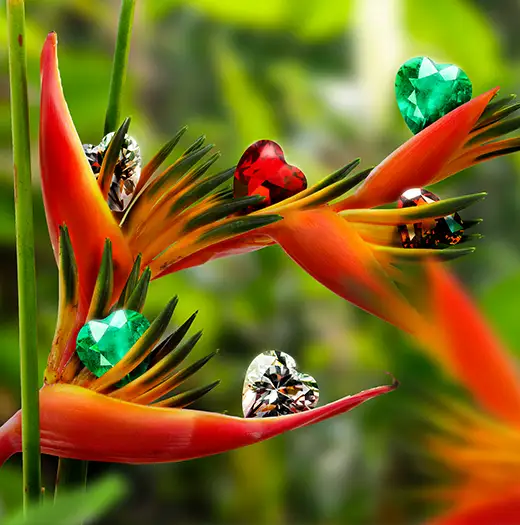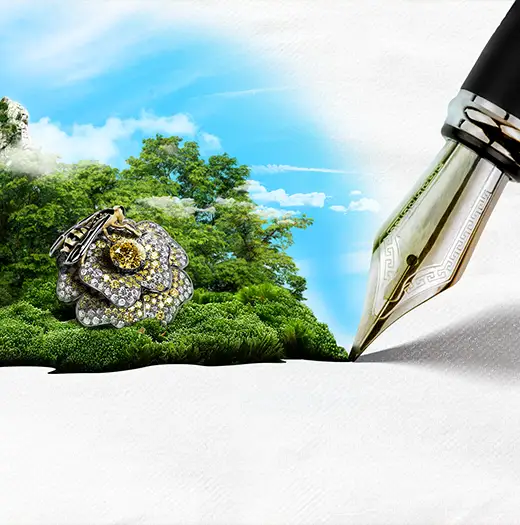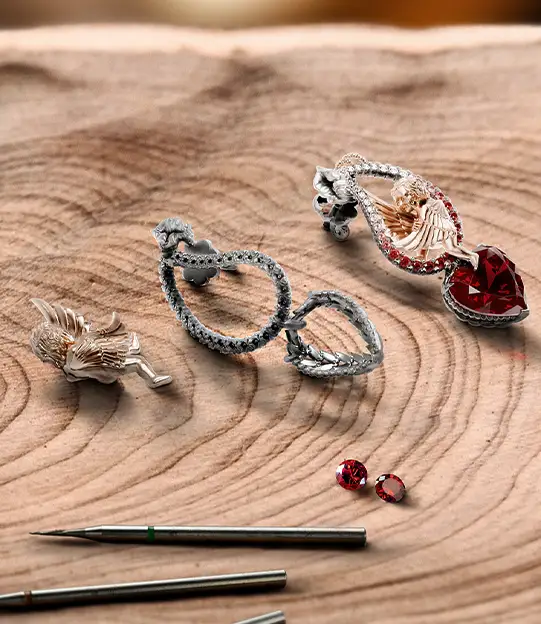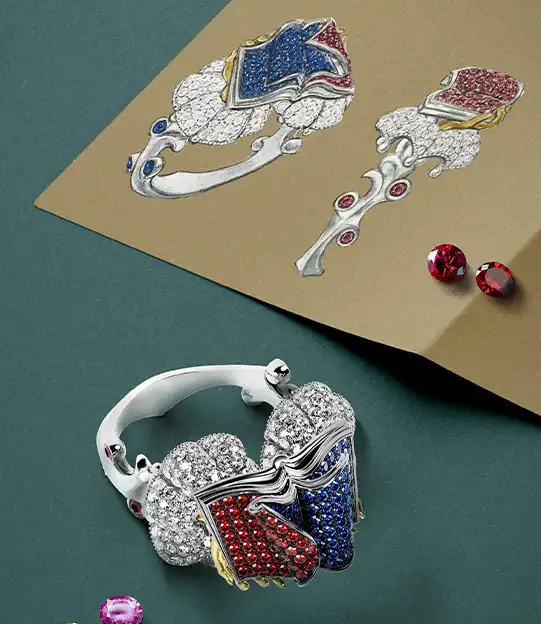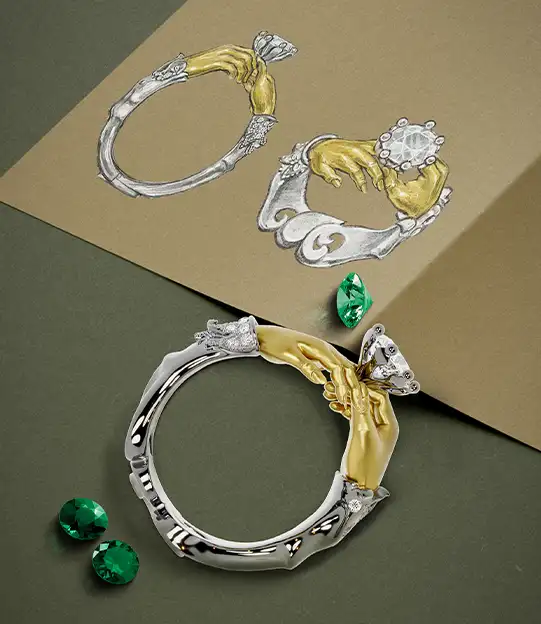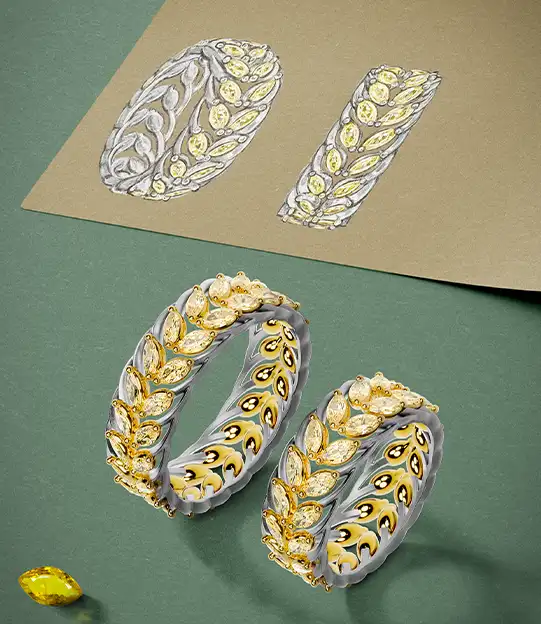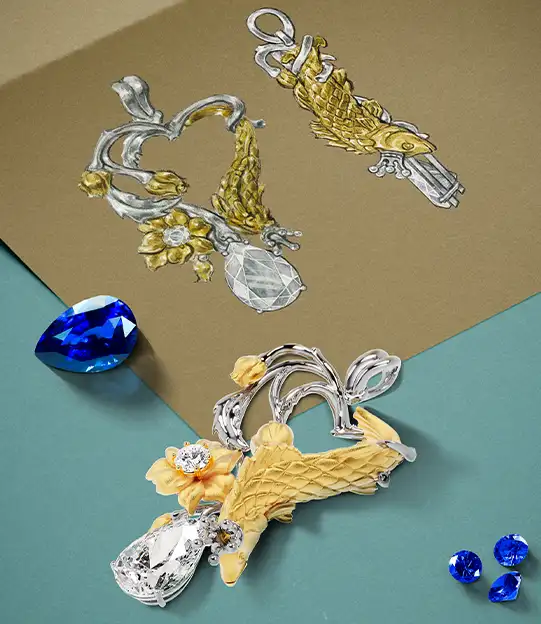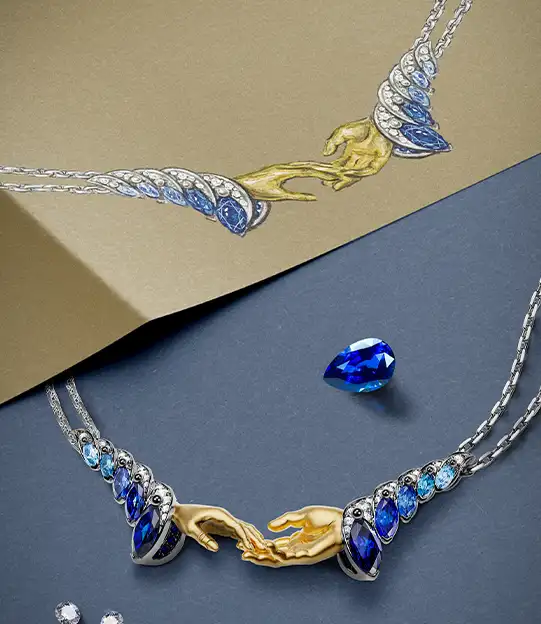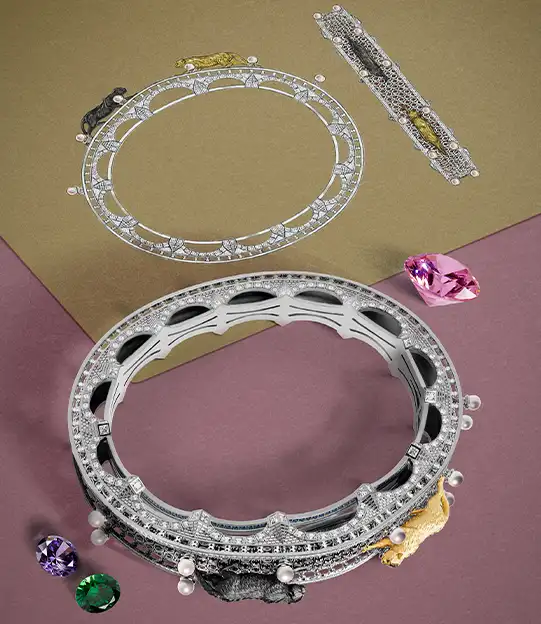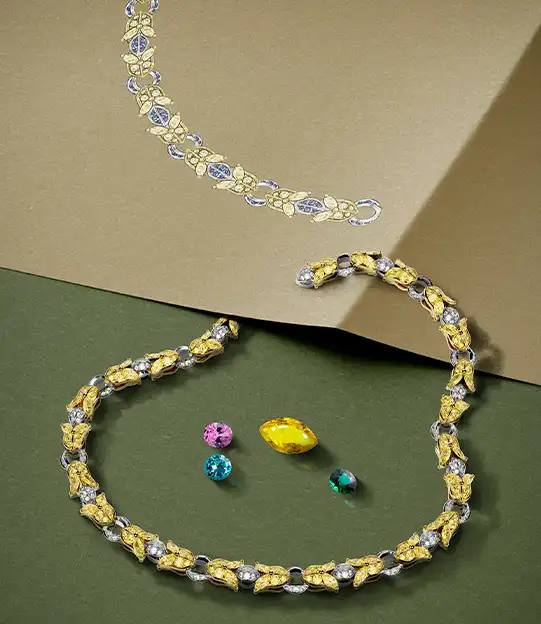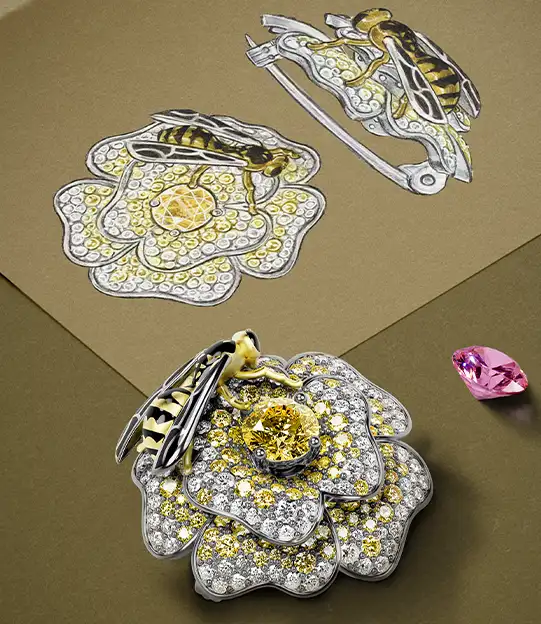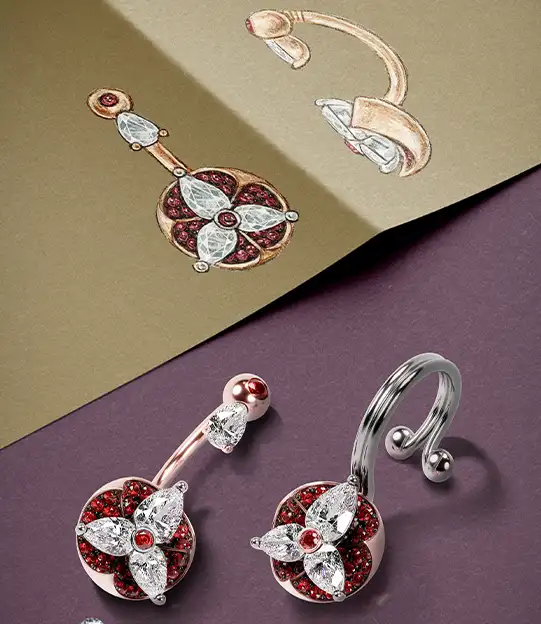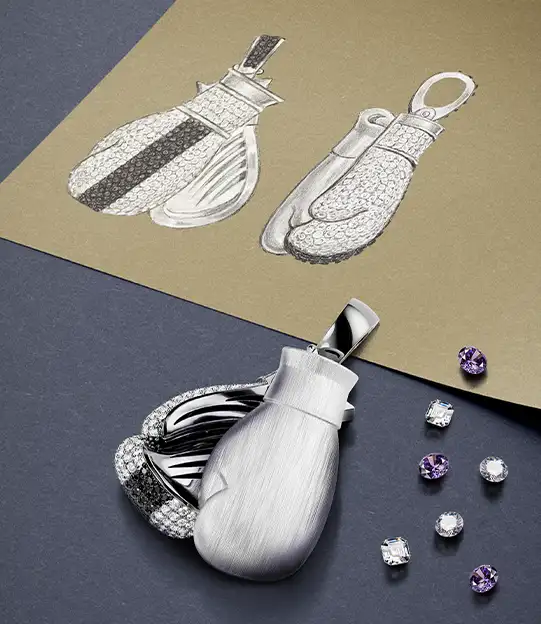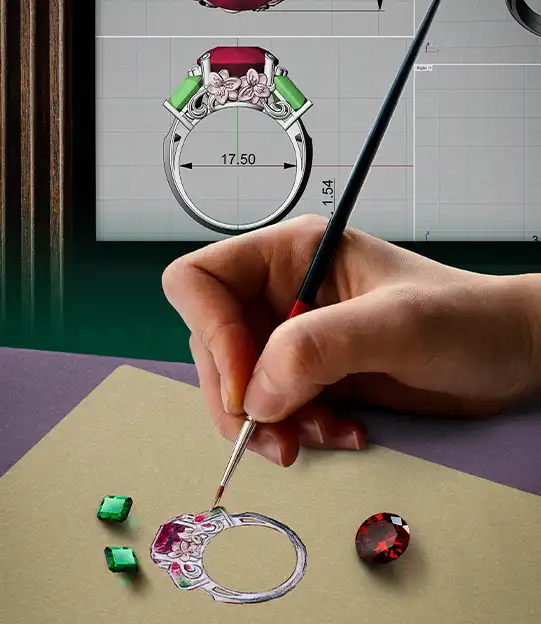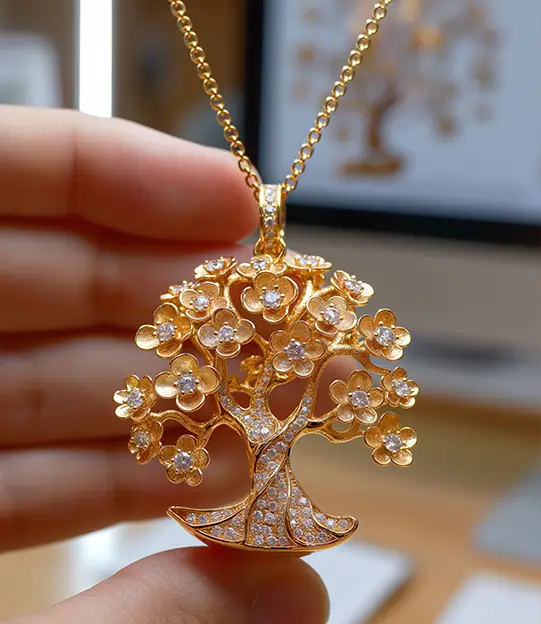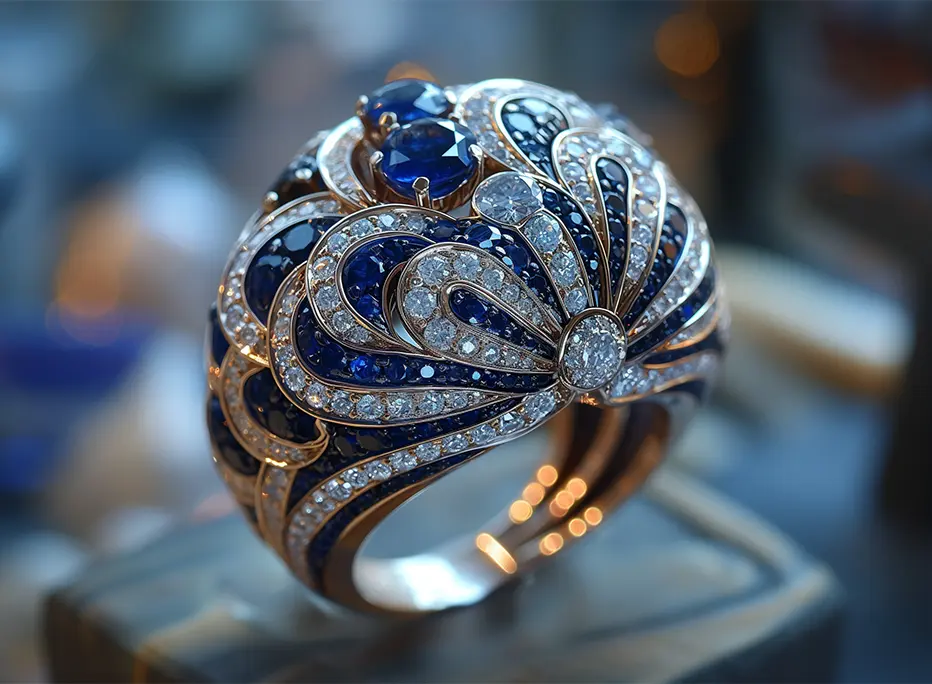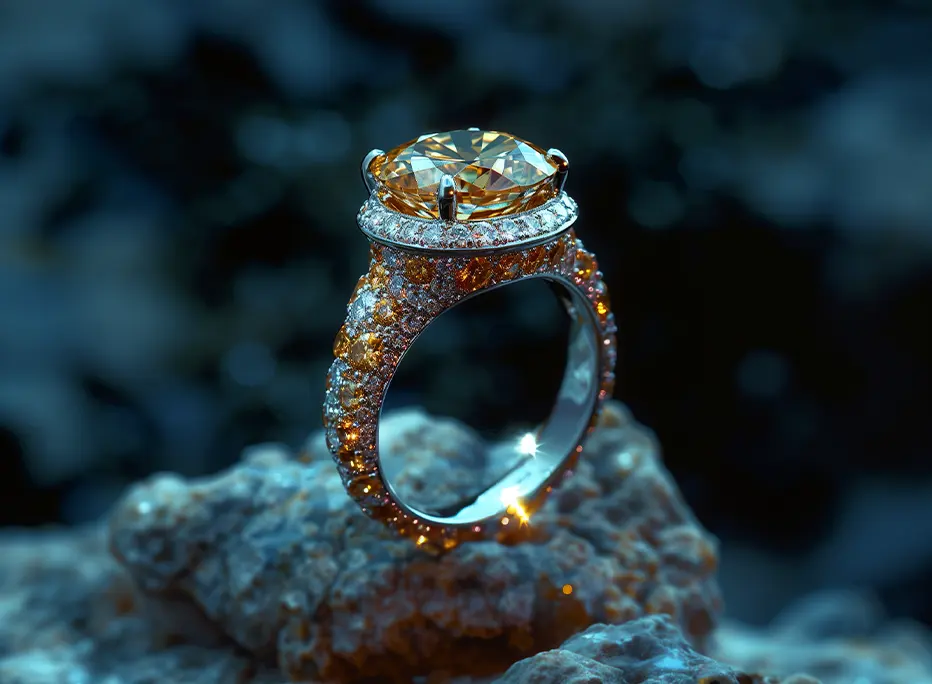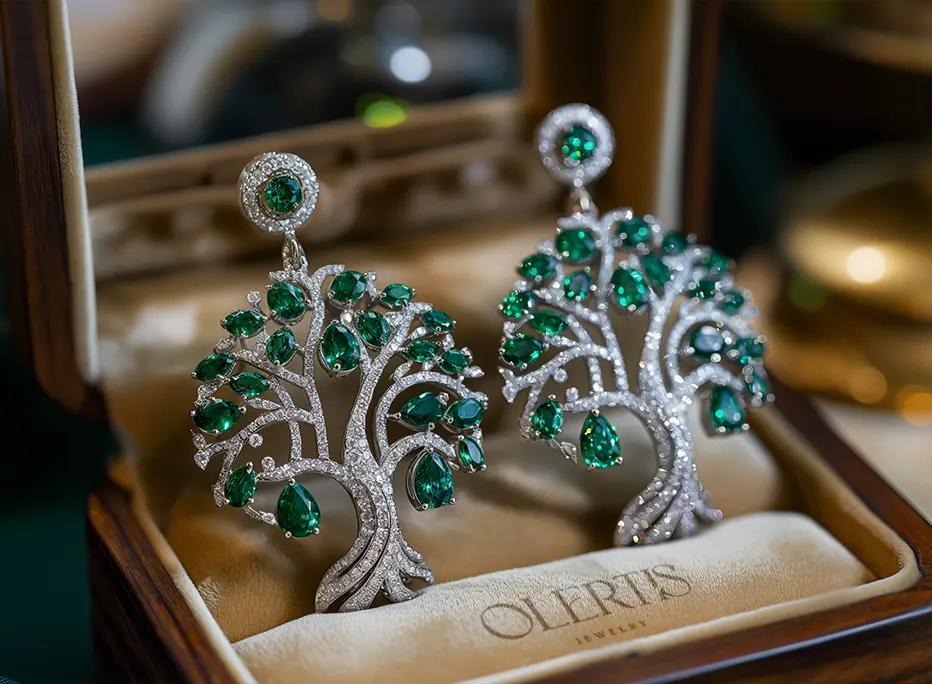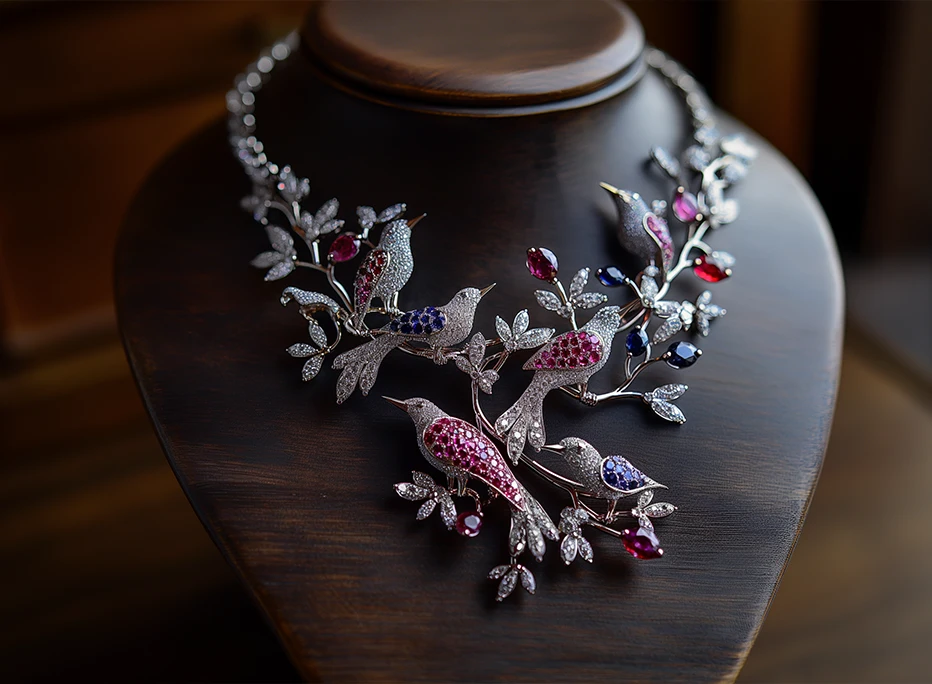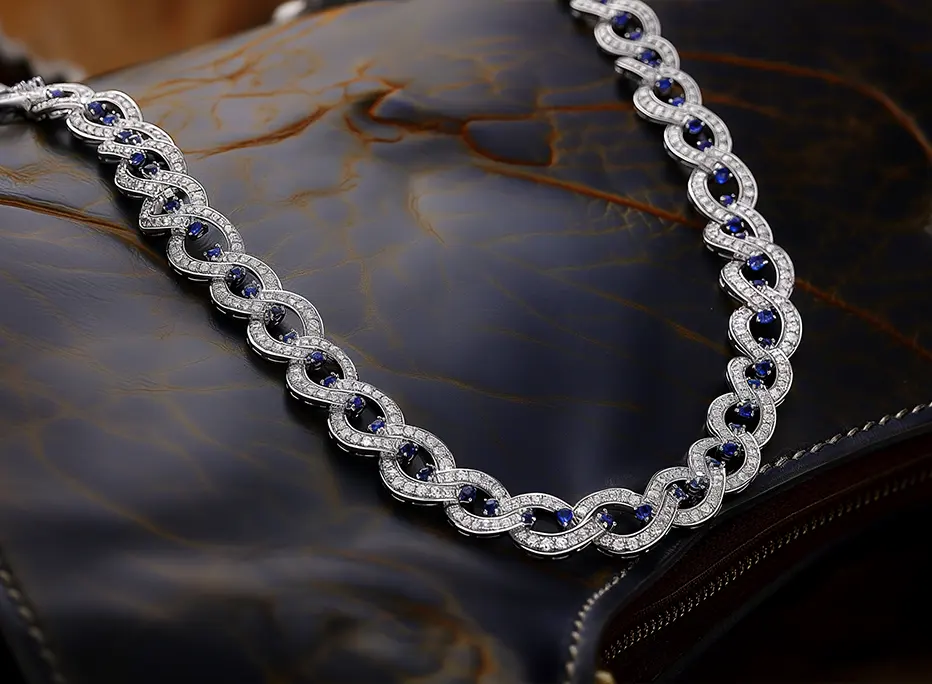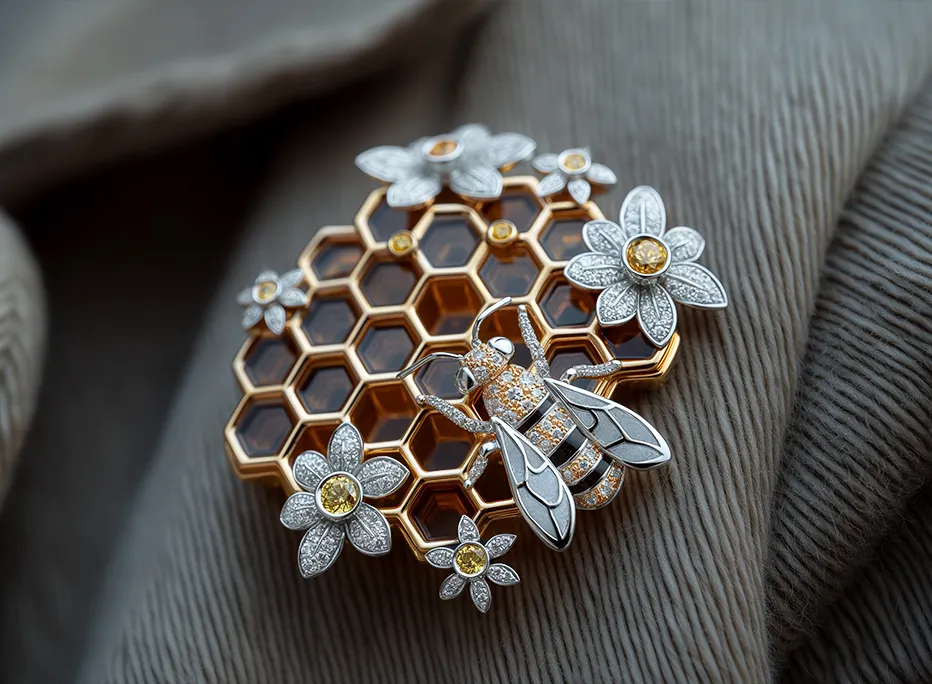On some level, purchasing a custom lab-grown diamond piece is the most sustainable choice you can make. Artificial diamond production does not need mining, which is a process that disrupts the balance of natural ecosystems. For example, some of the detrimental effects of diamond mining include deterioration of soil and groundwater quality due to mining-induced pollution, erosion, as well as sinkholes, not to mention conservation-related problems such as driving some of the species to extinction by encroaching on their territory.
Furthermore, don’t forget that natural diamond mining is an industry rife with crime. For example, it’s not exactly news that some mafia clans control a large share of the diamond market in Africa. And by abstaining from naturally sourced diamonds, you are actually saying a resounding “no” to violence.
At the same time, keep in mind that synthetic diamond production is a rather energy-heavy process as it involves recreating the high-pressure, high-temperature (HPHT) conditions or using a chemical vapor deposition (CVD) method to simulate the natural formation of diamonds. Both methods are energy-intensive. However, the environmental impact depends on the source of the electricity: if it comes from renewable sources, the carbon footprint is low.

Lab-Grown Diamond Crystal
In general, synthetic diamonds are associated with higher production costs due to several reasons. First is high energy consumption, and the cost of this energy can be substantial. Another reason is related to highly specialized and high-priced equipment, and expenses do not end after the installation because maintaining and operating this equipment also adds to the production costs. Also, growing the gem in a lab can take up to several months, meaning the longer the production time, the more resources are consumed, thus increasing the overall cost.
Considering all the ins and outs of diamond production, the result is definitely worth the efforts and resources involved. Ethically sourced diamonds possess extraordinary brilliance, clarity, and sparkle and look really beautiful. The industry strives to improve the quality and reduce the cost of lab-grown diamonds through numerous research and continuous innovations.
This is why buying both naturally occurring and lab-grown diamonds is riddled with ethical dilemmas (that is, if you are willing to dig deeper). We aren’t the ones to judge anyone or influence anyone’s jewelry decisions in any way, we are just laying out all the facts you might want to consider before buying a custom synthetic diamond ring. Most jewelry companies simply tell people they should go with a lab-grown option because it’s the most sustainable one. Now you know that it might not be entirely true.
It’s important to note that natural diamond production is generally much less sustainable. The environmental impact of traditional diamond mining, including habitat destruction, water pollution, and carbon emissions, is often far greater than that of synthetic diamond production, especially when renewable energy sources are utilized.

With Olertis, the choice is always yours. You are the one who decides on the kind of piece you’d like to create, its materials, design, and motifs. You can also choose any cut (facet configuration) you like (such as round, oval, princess, cushion, marquise, asscher, or even heart), as well as the size and arrangement of the stones. The types of custom rings that work best with diamonds are solitaire, solitaire accent, solitaire pavé, eternity, bypass, halo, vintage-inspired, and three-stone options. You can explore any kind of personalized design with the Olertis team, who will always meet your highest standards.


